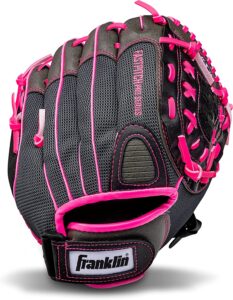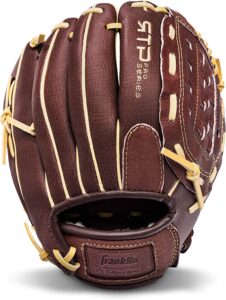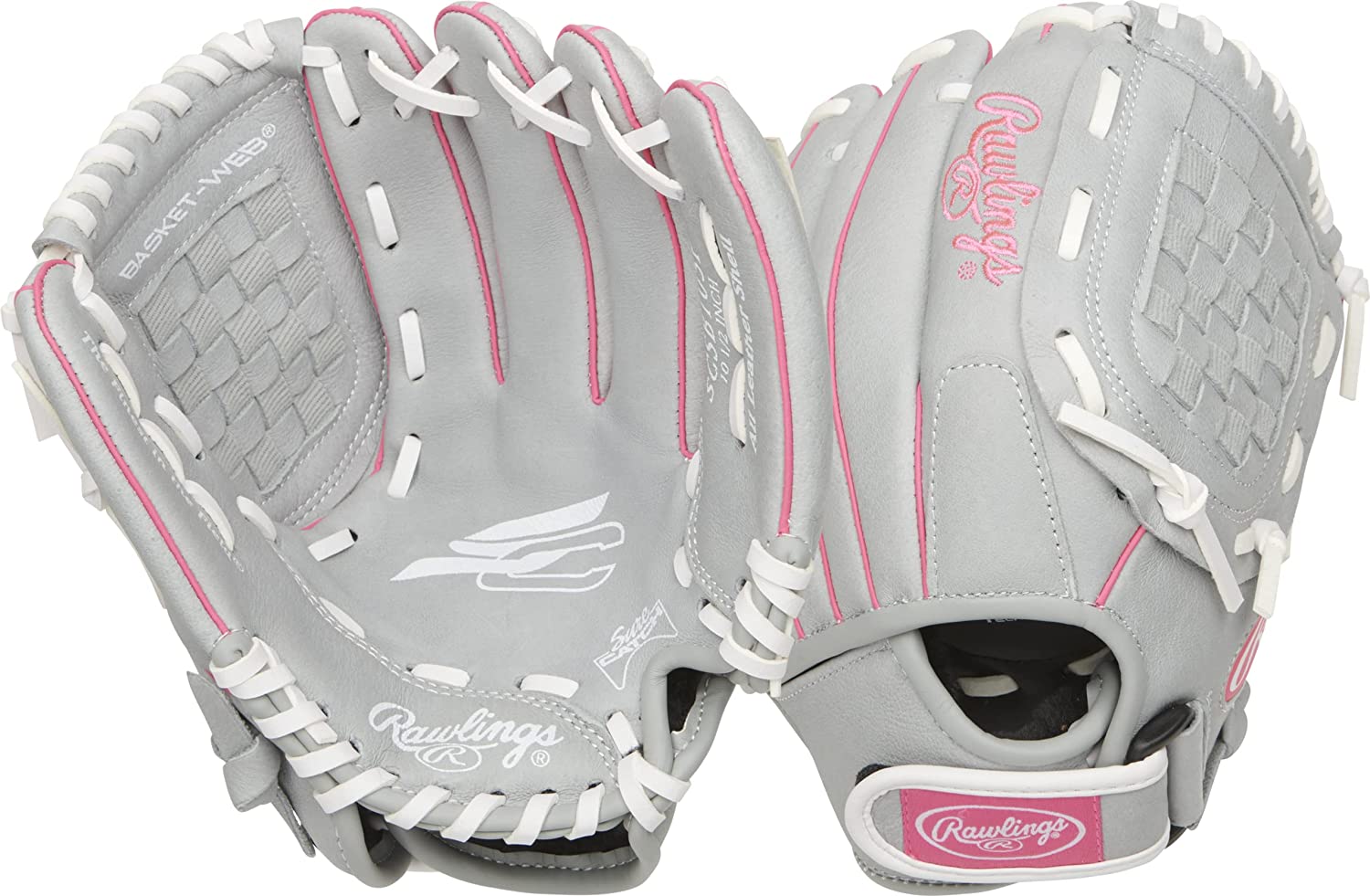Baseball gloves are essential to the game, giving players the tools to catch, field, and thrive. But have you ever thought about why baseball gloves are so much different? What factors contribute to the diverse range of glove designs on the market? This article will explore the reasons behind the variations in baseball glove designs. We will investigate the factors impacting glove construction, the purpose, and the function they perform. Understanding the relevance of player positions, materials utilized, and webbing types can help you understand why each player’s baseball gloves are unique. Join us on this adventure to uncover the mysteries of baseball gloves and how they improve the game for players of all levels.
Purpose and Function of Baseball Gloves

Baseball gloves have a significant role in the game beyond simply fashion items. They are created with particular goals in mind, providing athletes with essential advantages that improve their performance on the field.
Injury Protection:
Baseball is a sport that features fast pitches, line drives, and hard-hit balls. Without sufficient protection, player hands might sustain severe harm. Baseball gloves provide a barrier between the player’s hand and the ball, cushioning impact and lowering the likelihood of broken fingers, sprains, and bruises. The padding and design of the gloves cushion the hand, reducing the pain of catching a fast-moving ball.
Improving Fielding Performance:
Fielding is a crucial component of the game, and baseball gloves play an important role in a player’s ability to make effective catches and fielding plays. For example, the size, shape, and pocket depth of a glove directly impact a player’s fielding performance. A well-designed glove enables players to firmly keep the ball within the pocket, preventing it from springing out upon impact. The glove’s design also benefits in rapidly catching and securing the ball, enabling quick and accurate fielding plays.
Improving Grip and Control:
Grip and control are essential aspects of baseball. A well-designed glove improves players’ grip, allowing them to handle the ball more efficiently. High-quality leather or synthetic materials used in glove construction help the player hold the ball firmly. The texture and pattern of the glove’s palm and fingers improve grip even more, ensuring the ball remains securely in the player’s grasp throughout throws and transfers.
Read: Flare a Baseball Glove
Factors Influencing Baseball Glove Designs
Several fundamental aspects impacting baseball glove construction contribute to various designs. Understanding these aspects explains why baseball gloves differ and assists players in selecting the best glove for their unique demands.

1. Positions of Players and Specialized Glove Requirements:
Baseball is a game that needs players to take on many roles on the field, each with its own set of challenges. The duties of catchers, infielders, outfielders, and pitchers all impact the design of their gloves. Catchers, for example, need specialist gloves with additional padding to handle high-speed pitches and protect their hands from injury. Infielders often prefer smaller gloves, allowing rapid ball transfers and simple access to the throwing hand. Outfielders often opt for more oversized gloves with deeper pockets to accommodate fly balls. On the other hand, pitchers may have particular glove preferences based on their pitching technique and the necessity for grip and control during delivery.
2. Glove Materials:
The materials used in baseball glove production significantly influence their performance and durability. Leather and synthetic materials are the primary choices for glove manufacturers. Leather gloves, especially those made of high-quality full-grain or top-grain leather, are known for their long-lasting performance and durability. Synthetic materials like synthetic leather and mesh have become popular due to their lightweight construction, rapid break-in periods, and moisture resistance. These materials provide gamers with options that need less upkeep and provide immediate performance straight out of the box.
3. Webbing Styles and Their Function:
The webbing between a baseball glove’s thumb and index finger is critical to its design and operation. Different webbing styles serve particular functions and meet the requirements of various player positions. With its interwoven pattern, closed webbing offers added support and durability, making it suitable for positions that often encounter hard-hit balls, such as pitchers and infielders. The tight webbing creates a sturdy surface for the ball to strike and nestle into the pocket. On the other hand, open webbing provides greater flexibility and visibility, making it excellent for outfielders who must follow fly balls and navigate in low-light situations.
Read: Putting a Baseball Glove in the Dryer
Understanding Glove Sizing and Fit
Baseball players must choose the appropriate glove size and achieve a suitable fit. A well-fitting glove improves not only comfort but also performance on the field.
1. The Importance of Choosing the Correct Glove Size:
Choosing the correct glove size is critical for peak performance. A too-small glove might restrict hand movement, making it difficult for the player to catch and field the ball properly. An overly big glove, on the other hand, may create pain, compromise grip and control, and result in the ball readily popping out upon impact. Finding the appropriate balance assures a comfortable fit and helps athletes to perform to their full potential in the field.
2. Considerations for Choosing a Glove for Different Age Groups:
Glove sizes might differ depending on the player’s age group. Smaller glove sizes are often required for younger players, like youngsters in little leagues, to provide a suitable fit and ease of ball handling. As players become older in baseball careers, they may require larger glove sizes to fit their growing hand size and skill level. When choosing a glove, consider age group parameters to ensure a proper fit for the player’s growth stage.
3. Techniques for Proper Glove Fitting:
Achieving a proper glove fit involves considering several key factors. One crucial aspect is the position the player intends to play. For example, infielders may prefer a snugger fit to allow quick ball transfers. Outfielders may opt for a slightly looser fit to accommodate larger glove sizes and deeper pockets. When choosing a glove, it is also crucial to consider hand orientation (left-handed or right-handed).
Proper fitting techniques involve measuring the player’s hand size and consulting size charts provided by glove manufacturers. This is usually done by measuring the distance between the tip of the player’s middle finger and the base of their wrist. Trying on several glove sizes and designs helps players choose the best feel and fit. It is vital to ensure a snug fit without feeling too tight or restricting movement.
Read: Using Mink Oil on Baseball Glove
Conclusion:
In conclusion, baseball gloves are crucial tools for players on the field, and their variations in design are driven by player positions, materials used, and webbing styles. These gloves prevent injuries, increase fielding performance, and improve grip and control. Choosing the correct glove size and establishing a perfect fit is essential for comfort and performance. Factors such as age group and position influence glove sizing. Proper fitting procedures entail measuring and trying on several sizes. Break-in and regular maintenance of gloves are important for longevity and performance. Understanding the causes behind the variances in glove designs allows players to make educated decisions to improve their playing experience and help them flourish in baseball.

